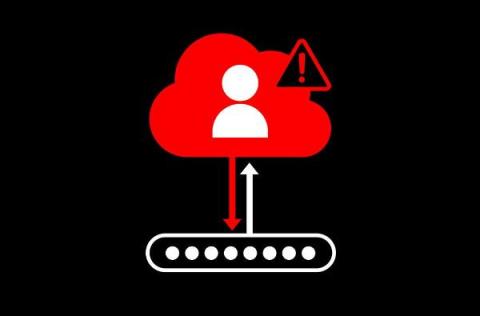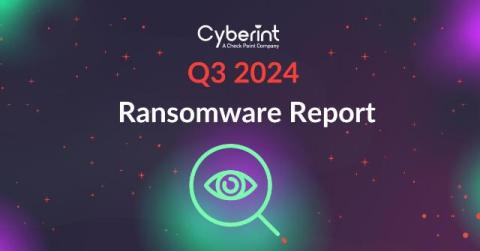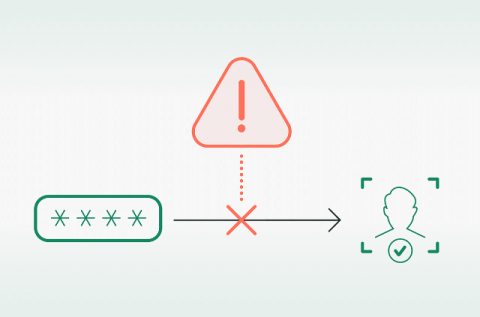Detecting Microsoft Entra ID Primary Refresh Token Abuse with Falcon Next-Gen SIEM
Microsoft Entra ID Primary Refresh Tokens (PRTs) are an attractive target for threat actors because they are long-lived, they are broadly scoped and they often don’t have additional multifactor authentication requirements after they are obtained. In this blog, we will discuss what PRTs are, how they are issued and how recently released research gives threat attackers a new way to obtain them. Finally, we will examine how organizations can detect these attacks using CrowdStrike Falcon Next-Gen SIEM.











